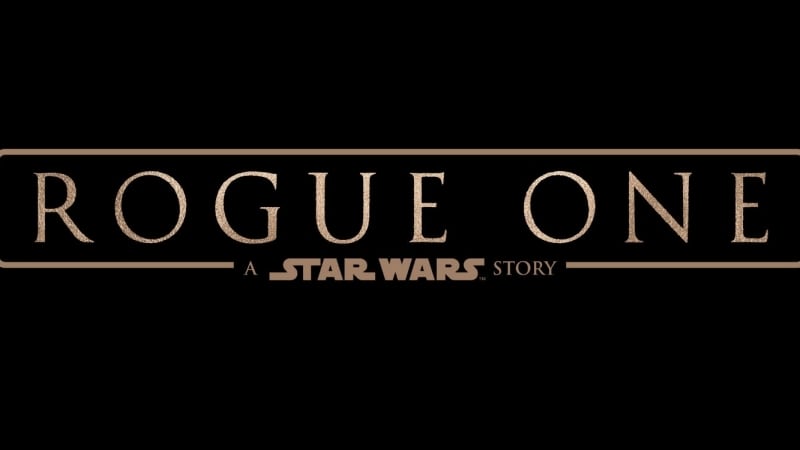
A New Depth to a Known Story
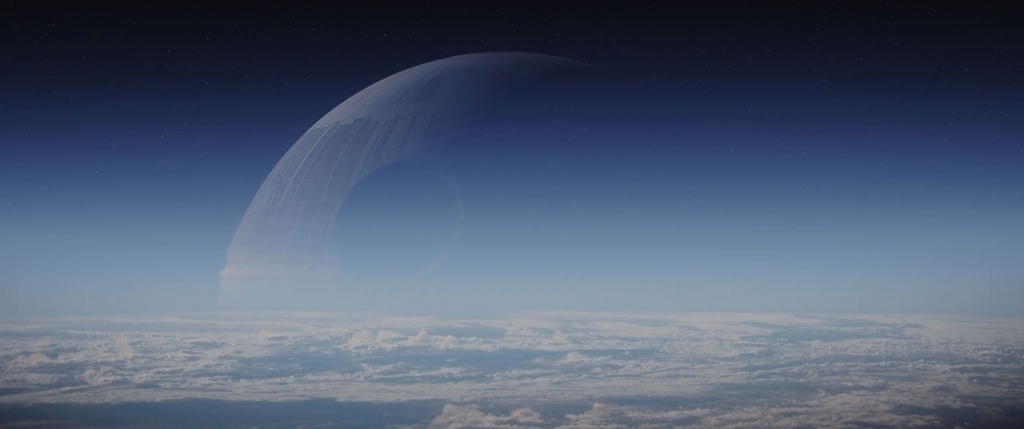
It is a period of civil war. Rebel spaceships, striking from a hidden base, have won their first victory against the evil Galactic Empire.
AdvertisementDuring the battle, Rebel spies managed to steal secret plans to the Empire’s ultimate weapon, the DEATH STAR, an armored space station with enough power to destroy an entire planet.
Pursued by the Empire’s sinister agents, Princess Leia races home aboard her starship, custodian of the stolen plans that can save her people and restore freedom to the galaxy…
Rogue One is exactly this story, although with much more depth and detail. We learn who stole the plans, why they did it and what price they had to pay.
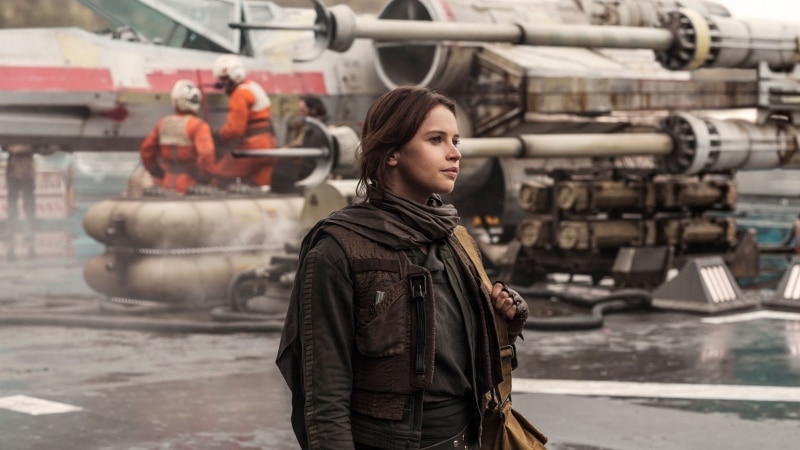
We now follow the adult Jyn Erso and, at the same time, the forces of Rebellion. Their paths are bound to cross, which will change not only their lives, but also the fate of the whole Galaxy…

The writing is really sharp and clever, with a lot of nods to the classic Star Wars trilogy (but not The Force Awakens kind of nods – think rather about subtle allusions than a similar plot structure). At last we see the Rebellion in all of its shades: not idealised, but shown as a body of different factions, some of which might take extreme – immoral at times – measures. The fight the Rebellion engaged in was not a pretty one and Rogue One’s authors (John Knoll pitched the story, Gary Whitta wrote the first draft and Chris Weitz refined it together with fellow filmmaker Tony Gilroy) are very clear about it.

The overall tone of the movie seems to be more dark and serious than your regular Star Wars flick, which gets even more underlined in the third act. But worry not, there are also some typical star-warsy humour bits, particularly from the excellently written K-2SO – a new droid you’re bound to love.
An Audio-Visual Spectacle
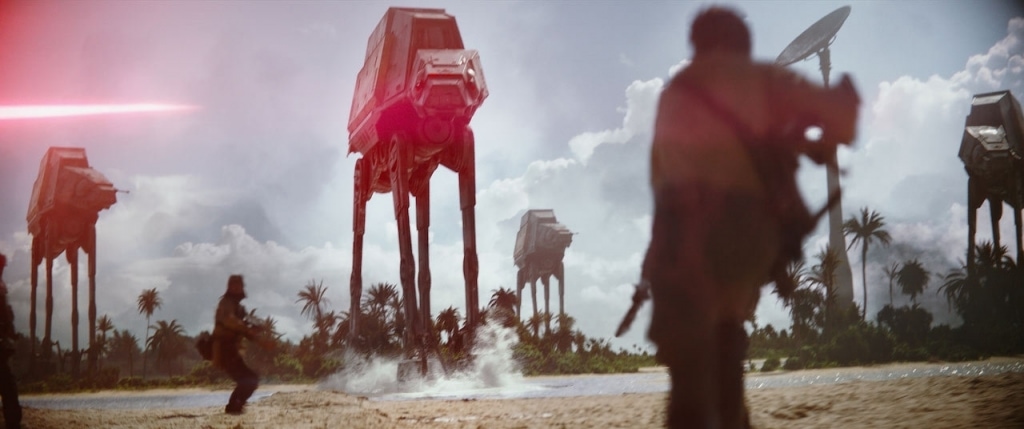
Director Gareth Edwards gets what makes Star Wars tick. Breath-taking sequences of spaceships/space stations hovering in, well, space? Check. Exciting battles? Check. Likeable heroes in a varied, intriguing universe? Check. Universal battle of good vs evil? Check. And yet, Edwards manages to add many of his own elements (or deduct the other ones) to make Rogue One stand out.
Probably the most striking one would be the lack of the opening crawl (which makes sense, as the whole movie is already based on one). Instead we have a pre-title sequence, which is supposed to serve as a prologue to the story and indeed works very well as such.

Another thing is how Rogue One was filmed. At times you get the typical star-warsy operatic sequences (which, at the same time, look very modern and fresh – another one of these paradoxes). Mostly, however, you will be taken into the very centre of action, like in no other Star Wars movie: you will feel like you are one of the Rebels, taking stance against the evil Empire.
The production design is impeccable. Fantastic sets and locations (the fallen monument of a Jedi!), and spectacular costumes (the one belonging to Orson Krennic!) are paired with the enormous effort to be faithful to the elements we’ve known from the original trilogy. The effect is, again, both fresh and familiar.
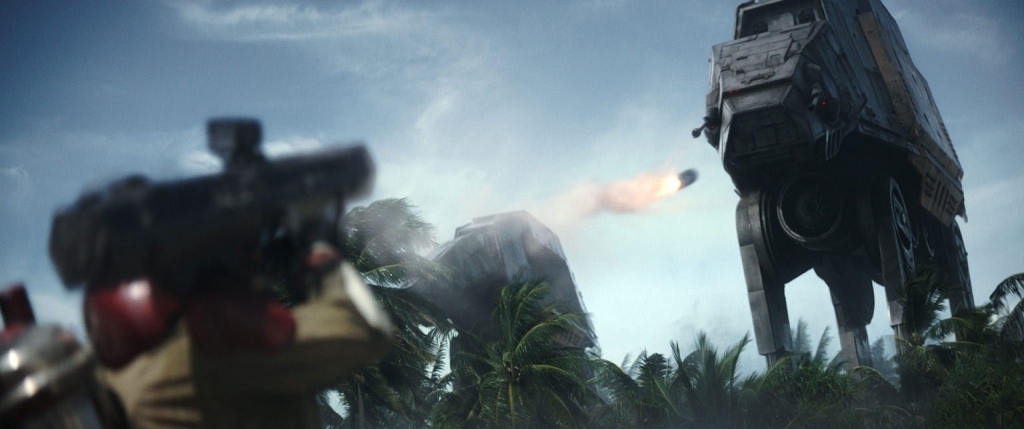
And before I’ll go through the performances, I’ll come back to music for a moment. I already said Michael Giacchino (whom I adore since Lost) masterfully played with John Williams’ work and cleverly incorporated bits and pieces of his music to the new compositions, making something completely new. It was a tremendous effort, as Giacchino had only about four weeks to write the music, which perhaps is not one of his best soundtracks (this title goes to Lost, Up and Tomorrowland, in my humble opinion), but still is very memorable and emotional.
The Performances
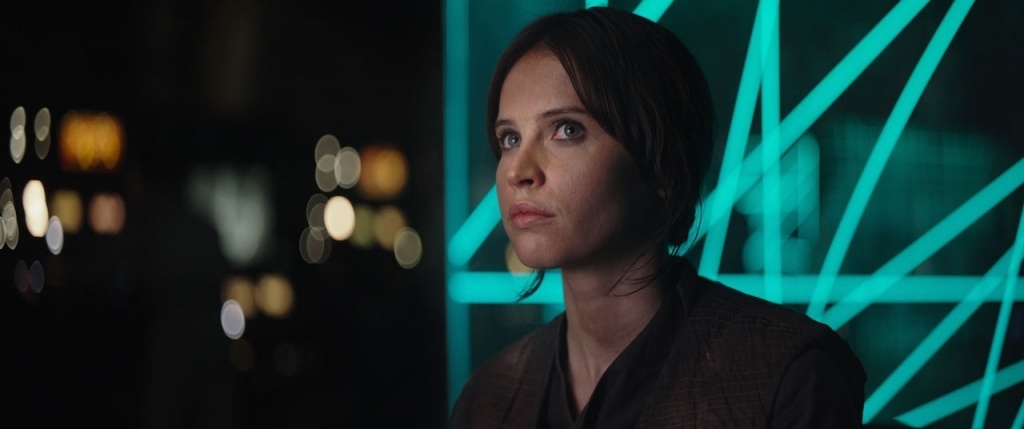

It’s a pity that two other known actors, Mads Mikkelsen and Forest Whitaker‘s performances were not as good. Mikkelsen, who plays Jyn Erso’s father, doesn’t have much to do and the inner conflict of his character is not brought to a full potential. Whitaker, on the other hand, who brings to life Saw Gerrera (whom Star Wars fans may remember from The Clone Wars animated series) is slightly overacting, which unfortunately takes some drama from his character.
Conclusions
So, is Rogue One worth seeing? Definitely. If you’re a Star Wars fan, then it’s a movie just for you. Emotional, mature and surprising at times, this is one of the best entries in the series, despite being a spin-off.
And if you’ve already seen the movie, make sure to leave a comment below or on our Facebook or Twitter!

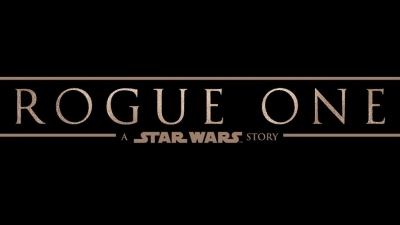
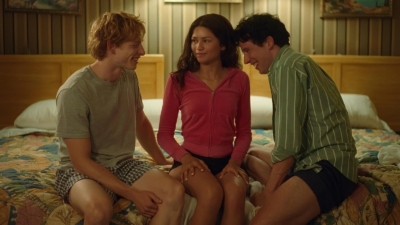





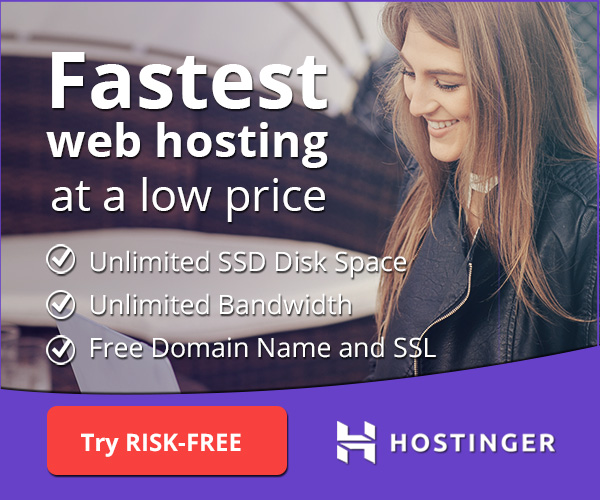
Leave a Reply